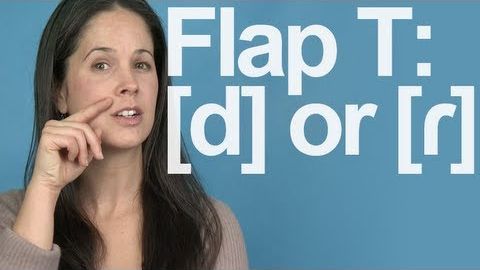フラップT:本当にD音?アメリカ英語の発音 (Flap T: Really a D Sound? American English Pronunciation)
Sofi が 2021 年 01 月 14 日 に投稿  この条件に一致する単語はありません
この条件に一致する単語はありません- n. (c./u.)(ある土地に)生まれた人;全国の;(ある言語を)第一言語とする人
- adj.生まれつきの
US /ˈkɑmɛnt/
・
UK /'kɒment/
- n. (c./u.)論評 : コメント;注釈
- v.t./i.批評する;注釈する;批評する
- n.(靴の)舌革;舌;言語;舌;言葉使い;話し方
- v.t.声を出す;舌で触る
- adj.理にかなった : 安心できる : 信頼できる;(眠りが)十分な : 深い;(土台が)しっかりした : 堅固な : 安定した;(心が)健康な : 健全な;妥当な : 穏当な
- n. (c./u.)(固有の特徴をもつ)音楽のスタイル : サウンド;(空気中 : 水中の)音波
- v.i.~のようである : ~だと思われる;鳴る : 音を出す
- v.t.発音する : 音を出す
エネルギーを使用
すべての単語を解除
発音・解説・フィルター機能を解除
